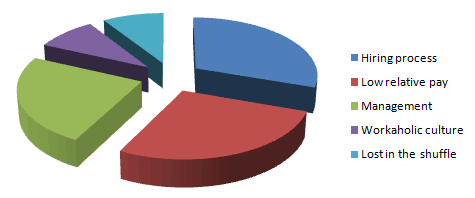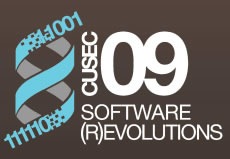This article was originally published in Canadian Developer Connection.
Comments on “The Device/Desktop” Opportunity

The Device/Desktop Opportunity got a number of comments, both in the “Comments” section and sent directly to me via email. First, I’d like to say “please keep those comments coming!” One of my intentions was to start some discussion.
I got a number of comments whose essence was “Why don’t the users simply use a photo editing tool and bring their photos down to the right size and DPI themselves, then copy them to the device?” To a geek, this suggestion sounds very sensible; in fact, I did just that to confirm what I thought the application that came with the device did.
The problem is that most users don’t see it that way. A commenter named Joshua summed it up nicely when he wrote:
I think we geeks, being somewhat more familiar with the tools than the problems, find it relatively easy to tweak an existing tool to do the job, than to “suffer” with Yet Another Not-Quite-Adequate Problem-X-Solving Tool.
Conversely, non-geek users don’t want to have to be bothered with all that hoo-hah. They see the task as moving the pictures from their camera or computer to the device. Do they really have to learn about some other program and fiddle with their photos to do just that? Weren’t computers supposed to make their lives easier?
This isn’t laziness or pride in ignorance on the part of non-geeks. It’s just that they have different interests and priorities than we developers do. To put yourself in their shoes, think of how most of us would make spaghetti: probably with store-bought dried pasta, canned sauce and pre-grated cheese. Now imaging how chef Gordon Ramsay would scream at you in a stream of put-downs and curse words for doing so. In his mind, he’s justified; in your mind, he’s being an elitist jerk who just doesn’t get the fact that you just want some spaghetti.
In the same comment, Joshua also talked about an interesting idea: putting the necessary desktop/device interface software right on the device. He wrote that the Flip Mino camcorder (which looks like a pretty fun device; Toronto-based photoblogger Rannie “Photojunkie” Turingan seems to be getting a lot of mileage out of it) comes with the necessary software for Windows and Mac stored within it.
Should “Cheap” Sites Look Cheap?
Last week, while having a late-night post-party snack with a couple of Toronto-based tech entrepreneurs — Facebook Cookbook author Jay Goldman and CommandN co-host Will Pate – we got to talking about sites that were successful in spite of their “pretty crappy” visual design. The site that got the discussion rolling was the dating site and Canadian ASP.NET success story Plenty of Fish (for a good general intro, see this New York Times article). From there, a number of examples came up, including Craigslist and a popular IIS-based site that lets you search for and book cheap airfare and travel packages. These sites all do their jobs quite well, but if you showed them to a web designer, you’d see a conniption fit within seconds.
“Travel sites all search the same data,” said Jay, “and many of them are running on the same back-end. They just use different design templates. Maybe people think that [the cheap-looking but successful travel site] gives you cheaper deals because they look cheap.”
He may have a point. Part of Craiglist’s charm is its stripped-down, not-even-trying-to-look-good design. Does that design send users the same subtle message in the same way that the no-frills “anti-design” of “big box” discount stores sends to their customers? It may be something to think about if you’re building a customer-facing site for a business whose main selling point is low prices or saving its customers money.
The New Look for Calculator in Windows 7
In the Coding Horror article If You Don’t Change the UI, Nobody Notices, Jeff Atwood makes an interesting point: if you want users to notice changes you’ve made to the functionality or back end of an application, they should be mirrored by appropriate corresponding changes to the front end or user interface. Along the way, he points to a Raymond Chen article I’d never seen before. As much as I view Raymond with the highest esteem – he’s probably forgotten more about coding that I’ll ever learn — at a certain point in his article, I did a facepalm. Can you guess when that point was?








